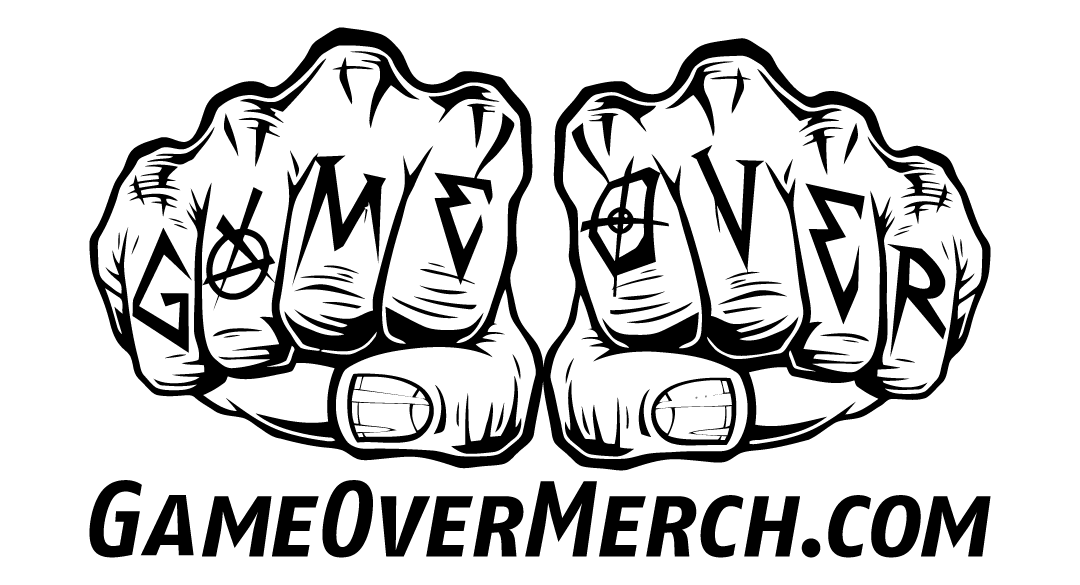Embroidery
Embroidery: Digitizing Tips and Best Practices
Embroidery digitizing is the process of converting a design into a digital format that can be read by an embroidery machine. It’s a crucial step in the embroidery process, as the quality of the digitizing can have a significant impact on the final embroidered product. Here are some tips and best practices for embroidery digitizing:
- Choose the Right Software: There are many embroidery digitizing software programs available on the market, and it’s important to choose one that meets your needs and skill level. Look for a program that offers a wide range of tools and features, as well as good customer support and training resources.
- Understand Your Fabric and Thread: Before digitizing a design, it’s important to consider the type of fabric and thread that will be used for the embroidery. Different fabrics and threads may require different settings and techniques, and understanding these differences can help you create a design that looks great on the final product.
- Keep it Simple: When digitizing a design, it’s important to keep it simple and avoid intricate details that may not translate well to embroidery. Simplify the design as much as possible, and use bold, clear lines and shapes for the best results.
- Test Your Design: Before embroidering a design on a final product, it’s important to test it on a piece of scrap fabric. This will allow you to check the stitch density, thread tension, and overall appearance of the design before committing to the final product.
- Use the Right Stitch Type: There are many different types of embroidery stitches, and choosing the right stitch type for your design can make a big difference in the final product. Some stitch types work better for small details, while others are better suited for large areas of color or texture.
- Pay Attention to Stitch Density: Stitch density refers to the number of stitches used in a given area of the design. Too much density can cause the design to pucker or become stiff, while too little density can result in a weak, sparse design. It’s important to find the right balance of stitch density for each design.
- Keep the End Use in Mind: Finally, it’s important to keep the end use of the embroidery in mind when digitizing the design. A design that will be embroidered on a heavy jacket may require different settings than a design that will be embroidered on a lightweight t-shirt, for example.
By following these tips and best practices, you can create high-quality, professional-looking embroidery designs that will look great on a wide range of products. Remember to take your time and test your designs, and don’t be afraid to experiment with different settings and techniques to find the best results.


